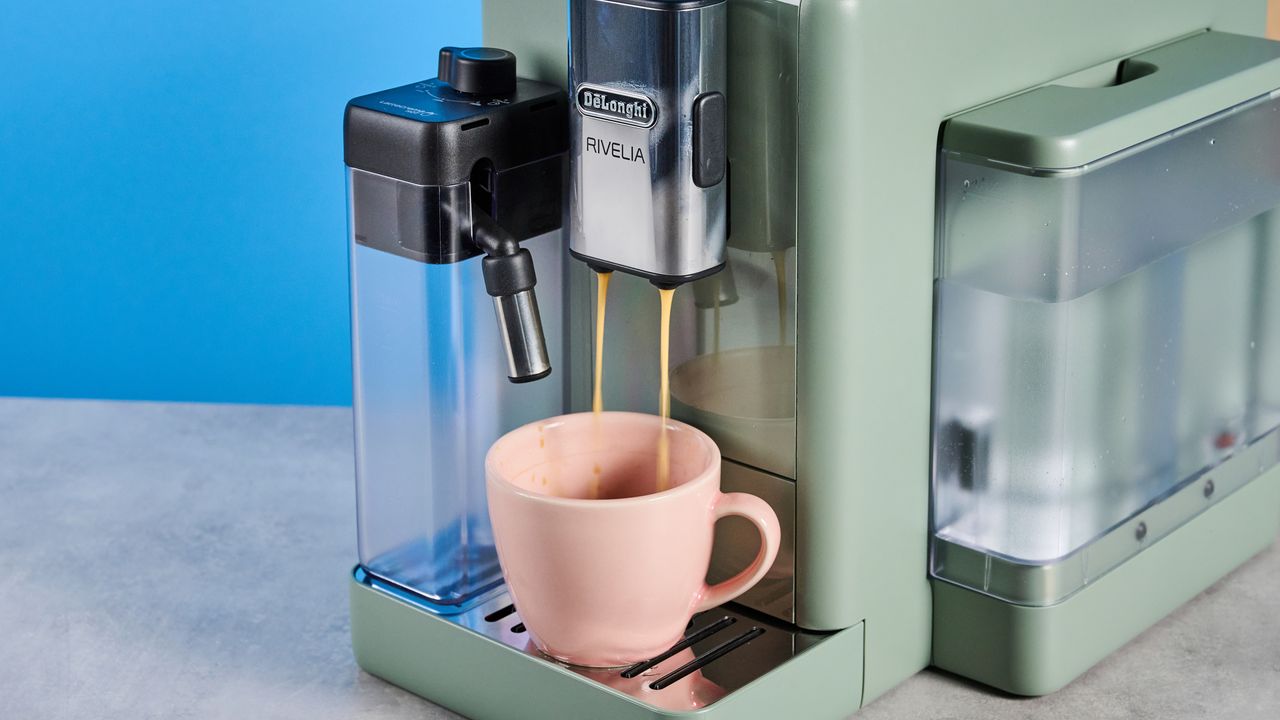Lifestyle
Espresso Machines: Why Automatic and Manual Taste Different

The debate over the taste differences between automatic and manual espresso machines has gained traction, as coffee enthusiasts seek to understand why their brews can vary so significantly. Recent discussions with industry experts, including Anna Batten, a Product Manager at Smeg and La Pavoni, reveal that the key distinction lies in the level of human interaction during the brewing process.
Batten explains that both automatic and manual espresso machines utilize similar internal mechanics. The core difference is the amount of human involvement. “An automatic machine will be set up to prepare a consistent espresso for you, measuring the dose, tamp pressure, and duration of extraction, whereas with a manual machine, this is left to the user,” she states. This shift towards automation has led many to question whether the convenience of automatic machines compromises the overall quality and flavor of the espresso produced.
The appeal of automatic machines is their ability to deliver consistent results with minimal effort. According to Shonali Paul from the Paul John Indian Caffeine Company, automatic machines streamline the brewing process, allowing users to enjoy coffee at the touch of a button without needing to adjust ratios or grind sizes. This reliability can be particularly beneficial for those who prioritize speed and convenience over the artisanal aspects of coffee-making.
Understanding the Science Behind Espresso
The essence of a perfect espresso lies in several key factors, including grind size, dosage, and tamping pressure. Batten elaborates, “The whole coffee preparation is important in creating the perfect espresso. This starts firstly with the grind size, which should be correct for the blend of coffee being used.” Lighter roasts generally require a finer grind, while darker roasts benefit from a coarser texture.
Batten emphasizes the need for precise measurements: “Next would be the quantity of coffee optimal for the size of filter you are using. Single- and double-shot portafilters require different volumes of coffee.” Proper tamping also plays a critical role. The pressure applied must be around 13-14 kg to ensure even extraction, avoiding issues such as channelling, which can lead to undesirable flavor profiles.
Both types of machines aim to achieve a 9-bar pressure for optimal extraction. However, manual machines often introduce variability due to user error. Batten notes that while automatic machines excel at consistency, they also allow for some adjustment, such as changing grind sizes to influence the strength of the coffee.
The User’s Role in Coffee Quality
Ultimately, the main distinction between automatic and manual machines is the involvement of the user. While automatic machines cater well to those who may lack experience, seasoned baristas can leverage manual machines to tailor each shot to their specific tastes. For instance, a user may prefer a longer, balanced coffee (lungo) or a richer, more concentrated shot (ristretto) using a manual device.
Batten acknowledges that automatic machines are not suited for everyone. “If you want to fully adjust the coffee you are creating, an automatic machine wouldn’t be the correct model to choose,” she advises. Instead, manual machines provide the flexibility to customize brews.
Despite some criticisms from coffee purists who claim that automatic machines produce inferior flavors, there are models that can yield impressive results. For example, the KitchenAid KF8 has received praise for its ability to create a balanced, complex flavor profile due to its unique brewing method. Likewise, the De’Longhi Rivelia offers features such as a “Bean Adapt” function, which analyzes bean characteristics to suggest optimal grind sizes and brewing temperatures.
As the coffee industry evolves, consumers continue to seek machines that meet their specific needs. While some may prioritize the speed and ease of an automatic machine, others will always prefer the artistry involved in manual espresso making. Each method has its advantages, catering to different lifestyles and preferences.
In summary, the differences in espresso taste between automatic and manual machines largely stem from the user’s engagement in the brewing process. For those willing to invest time and effort, manual machines offer unparalleled customization. Conversely, automatic machines provide a quick and easy solution for individuals with busy lives who still desire quality coffee. Understanding these distinctions enables consumers to make informed choices tailored to their coffee-drinking habits.
-

 Technology5 months ago
Technology5 months agoDiscover the Top 10 Calorie Counting Apps of 2025
-

 Health3 months ago
Health3 months agoBella Hadid Shares Health Update After Treatment for Lyme Disease
-

 Health3 months ago
Health3 months agoErin Bates Shares Recovery Update Following Sepsis Complications
-

 Technology4 months ago
Technology4 months agoDiscover How to Reverse Image Search Using ChatGPT Effortlessly
-

 Technology1 month ago
Technology1 month agoDiscover 2025’s Top GPUs for Exceptional 4K Gaming Performance
-

 Technology2 months ago
Technology2 months agoElectric Moto Influencer Surronster Arrested in Tijuana
-

 Technology5 months ago
Technology5 months agoMeta Initiates $60B AI Data Center Expansion, Starting in Ohio
-

 Technology5 months ago
Technology5 months agoRecovering a Suspended TikTok Account: A Step-by-Step Guide
-

 Health4 months ago
Health4 months agoTested: Rab Firewall Mountain Jacket Survives Harsh Conditions
-

 Lifestyle5 months ago
Lifestyle5 months agoBelton Family Reunites After Daughter Survives Hill Country Floods
-

 Technology4 months ago
Technology4 months agoHarmonic Launches AI Chatbot App to Transform Mathematical Reasoning
-

 Technology3 months ago
Technology3 months agoUncovering the Top Five Most Challenging Motorcycles to Ride









